
3 minute read
3.1 Goals and Ambitions 363.1 Goals and Ambitions 36
To tackle the problems we found in the analysis, we created a vision for the region of South Holland.
In 2050 we foresee South Holland as a region that consists of a synergetic urban network, where knowledge is fairly distributed and supports the transition towards a circular construction and demolition cycle, providing balanced and inclusive urban environments. To achieve this vision, we formulated ambitions under four categories. All categories are interdependent on each other and works synergeticallly. These goals can be evaluated after the proposed interventions to find out if the project was successful. Our strategy is to achieve this by introducing a network of regional living labs, circulabs. Circulabs are plug-in developments to the existing urban structures. They exist by connecting 4 important sectors of circularity. - KNOWLEDGE ECONOMY - CONSTRUCTION LANDSCAPES - AGRICULTURAL POTENTIALS - NEW URBANISATION MODELS
Advertisement
The strong knowledge economy of the region, he large and transitioning construction industry and the agricultural landscapes of South Holland. They are a place for experimentation and reinvention across all four sectors, making them the hubs of new socio-economic organisation.
In 2050, the region of South Holland consists of a synergetic urban network where circulabs provide knowledge and support the transition towards a circular construction In 2050, the region of South Holland consists of a synergetic urban network where circuand demolition cycle with well-balanced and inclusive living environments.labs provide knowledge and support the transition towards a circular construction and demolition cycle with well-balanced and inclusive living environments.
People Land Material
Inclusive living environments by including students, starters and low income households.
Create a synergy between the cities and thereby strengthen the agglomeration power of South Holland.
Towards a circular construction and demolition cycle of biobased materials.
Housing development through collective private commissioning.
Create decent work opportunities and circular economic growth. Project development increases the attractiveness of the city as living environment.
Transforming landscapes are used as focus location for development. Facilitate local production and create a better link between local and regional.
Adaptable and resilient modular housing.
A region that can withstand the pressures of urbanisation and climate change. Knowledge
Offer workshops and exhibitions about circular construction.
Forefront of innovation by experimenting in Living Labs.
Insight into the materials used through material passports.
People A region where people can enjoy fair living environments and find decent work opportunities under circular economic growth.
Knowledge A region driven by experimenting and circulatin knowledge throughout different sectors. Region itslef becomes a lab for experimentation for others to follow.
Land To build a region whose landscapes can withstand the pressures of urbanisation and climate change while not compromising on values and quality of life.
Knowledge A region where all the potential waste streams are redirected into the sectors reducing the dependencies on natural resources. Locally produced materials would be used in circular cycles.
Agricultural Landscapes
Organic (waste) material as a building material
Knowledge Network

Investigate, educate and collaborate
Construction Sector
High value recycling and reuse
Plugin development
Connected to the regional fabric

Urban
Circular construction that contributes to sustainable urbanization by relieving pressues on the urban cores
A circular agricultural system in which biomass and construction production chains are cleverly linked together.

The transition towards sustainability and logistics optimization and moving towards a biobased economy.
Where maritime and industrial history is making a way for tomorrow’s crossovers. These regional living labs are plugin developments to the existing urban structures. These labs are not envisioned as static designs but more in terms of general strategies applicable to the diverse local contexts offered by South Holland. The previosuly analysed construction and potential landscapes would become the new areas of interest for these Plug ins. They are broadly classified under Industrial areas, Port areas, Green ports and vast agricultural landscapes.
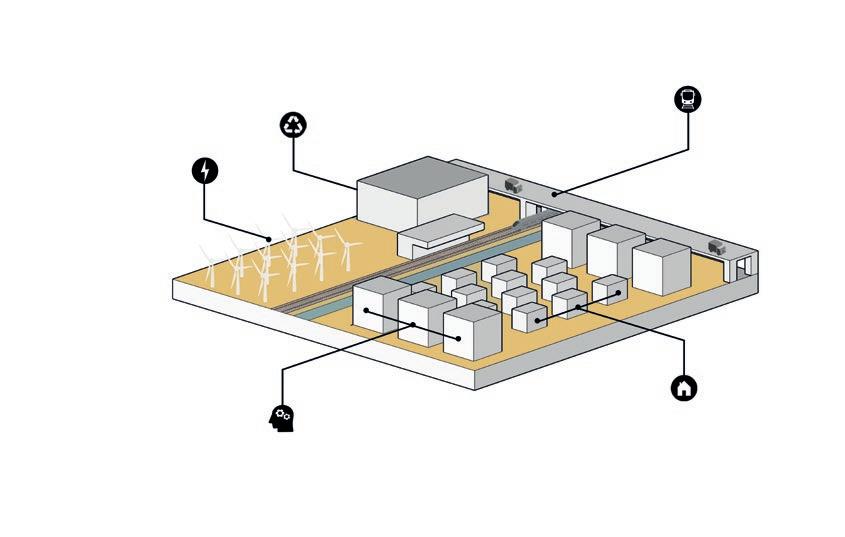
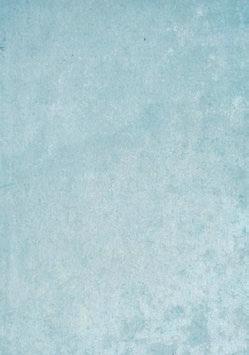
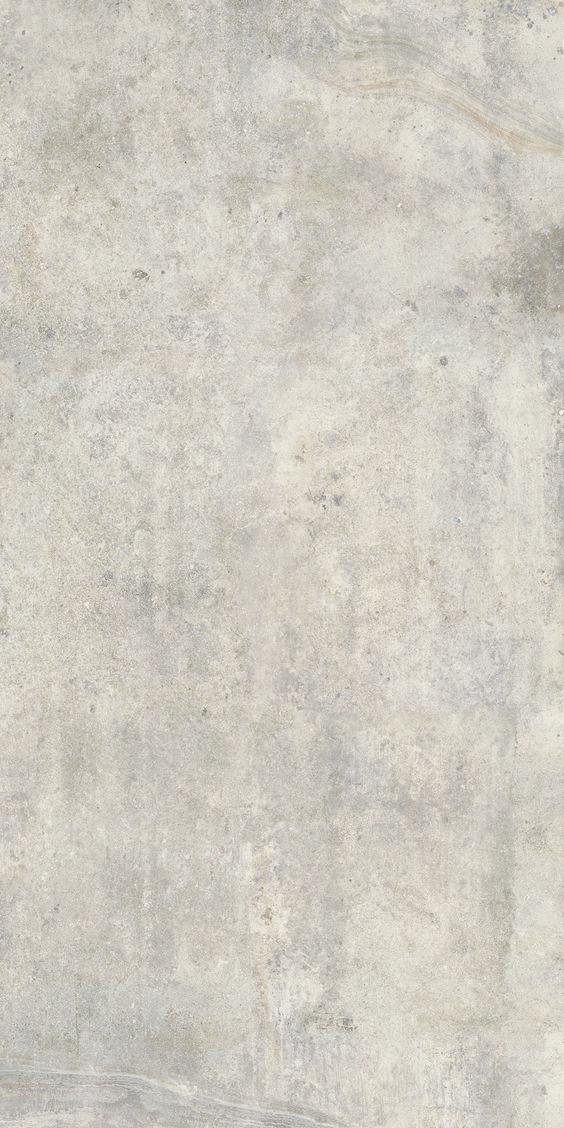
Agricultural
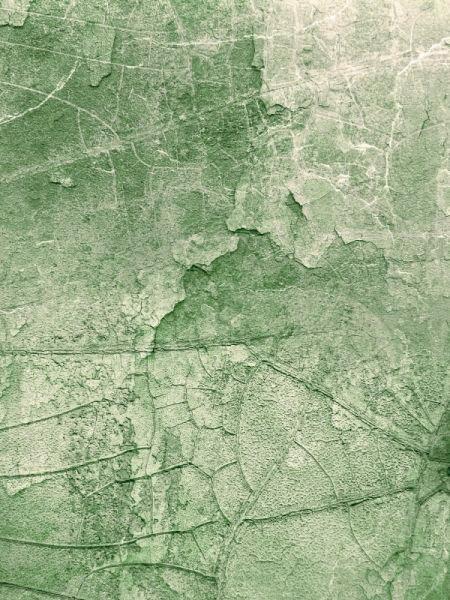

Green Port
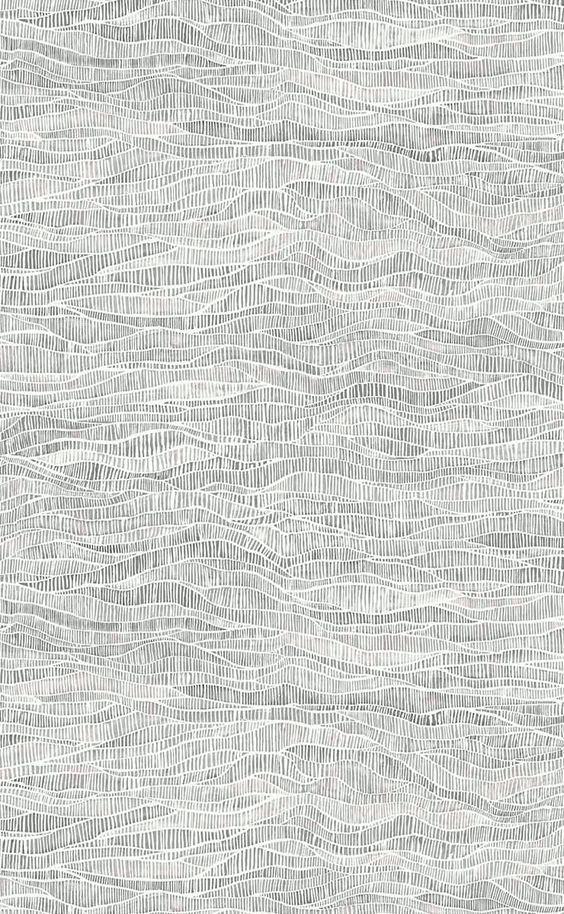
Harbour







